There's so much confusion about grub control
that garden centers will sell a lot more grub control in the spring than in summer when, logically, it should be the other way around. I’m sure much of this has to do with the fact that the damage grubs do in late summer and fall isn’t visible until the following spring.
The first step is to understand the life cycle of the Japanese Beetle. Let’s start at the beginning. After feasting on your beans and rose bushes, the female Japanese Beetle lays her eggs in the warm sunny areas of your lawn starting in mid-August. The healthiest grass is growing in the sunny areas of your beautiful lawn that you’ve worked on all spring. Each female is capable of laying a couple of hundred eggs. These eggs will all hatch within four days after they’re laid. There are no grubs hatching in the spring. None. They ALL hatch from mid-August through September.
After the tiny grubs hatch in mid-August and September, they start eating. What they eat are the roots of your lawn. As the soil temperature drops in the fall, the grubs burrow down below the frost line to avoid being frozen over winter.
In spring, the soil temperature begins to rise and the grubs burrow their way back to the root zone of your lawn. Now the feast begins all over again. After putting on another round of body fat, they pause and pupate; that is, they form a hard shell and begin the transformation into the adult or beetle stage of their life. They enter this pupae stage during early to mid-June. In mid-July, the beetles emerge from the soil and the cycle begins again.
The best time to wipe them out is during the hatching period in late August or early September. Remember this: “Apply in July when the beetles fly” Let’s start with Bonide Annual Grub Beater: Ideally, you’ll want to apply Bonide Annual Grub Beater in July and WATER IT IN. By now you must think I’m totally nuts. I just explained how there aren’t any grubs in July because they are all in the beetle form. The reason Annual Grub Beater needs to be applied so early is that it needs a month of lead time to get absorbed into the roots of the grass where it remains waiting for the grubs. As soon as the grubs hatch, they begin to eat the roots of the grass. POW! They die. Properly applied and watered-in, Bonide Annual Grub Beater will kill 98% of the grubs that hatch. No need to lose your lawn…no need to treat again in spring either.
The there’s Milky Spore, a non-chemical grub control. Milky Spore is a disease that only affects Japanese Beetle grubs. It won’t hurt earthworms or even a bird that eats a grub that has the disease. Milky Spore needs to be applied two times a year for three years to reach “epidemic” proportions in the soil. Milky Spore is best applied in spring and late summer/early fall and must get watered in heavily right after application, just like the other grub controls. After that, grubs hatch into your lawn, contract the disease then die, reproducing the disease and spreading it throughout the soil. Milky Spore is more expensive up front but will last at least 20 years once it takes hold.
Water your grubs!! It is imperative that all grub control products get watered-in thoroughly IMMEDIATELY after application. DON’T COUNT ON RAIN TO DO THE JOB. Rainfall is never hard enough to get the chemical off the surface of the soil quickly enough and down to the roots where the grubs are. All grub controls (including Milky Spore) begin to break down as soon as they are out of the bag. As soon as you put your spreader away, get the sprinkler out and soak the area with an inch of water. Use an empty tuna fish or cat food can to measure the inch of water. When your sprinkler has filled the can, you’ve applied the correct amount of water.
Thanks for the read!




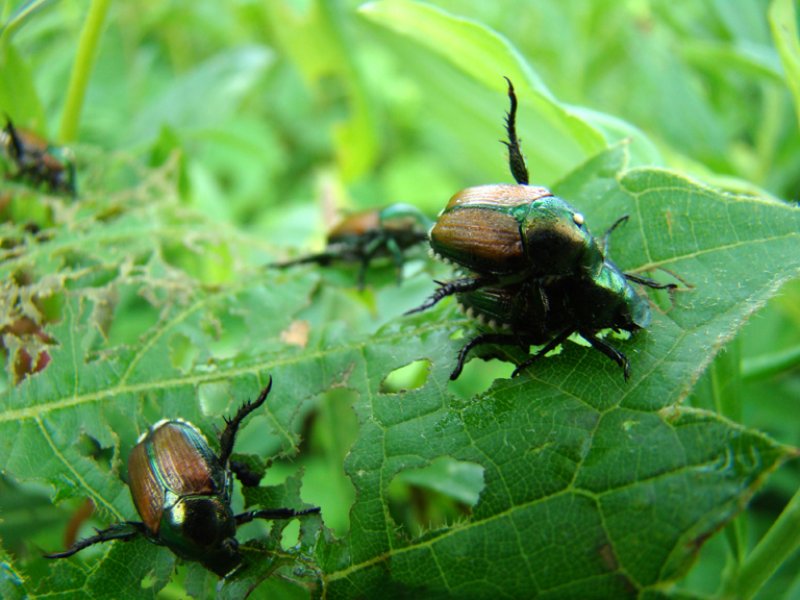



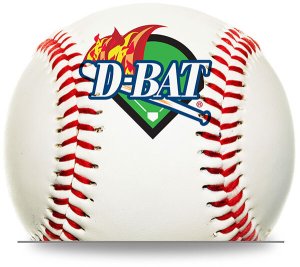


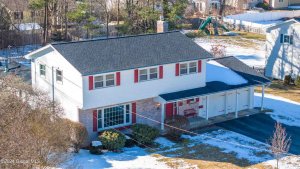




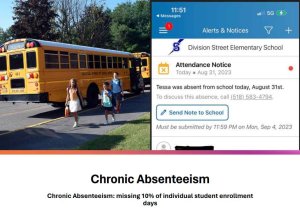









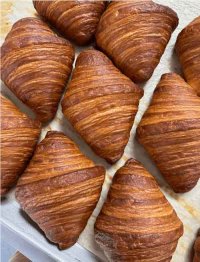


 How to resolve AdBlock issue?
How to resolve AdBlock issue? 









